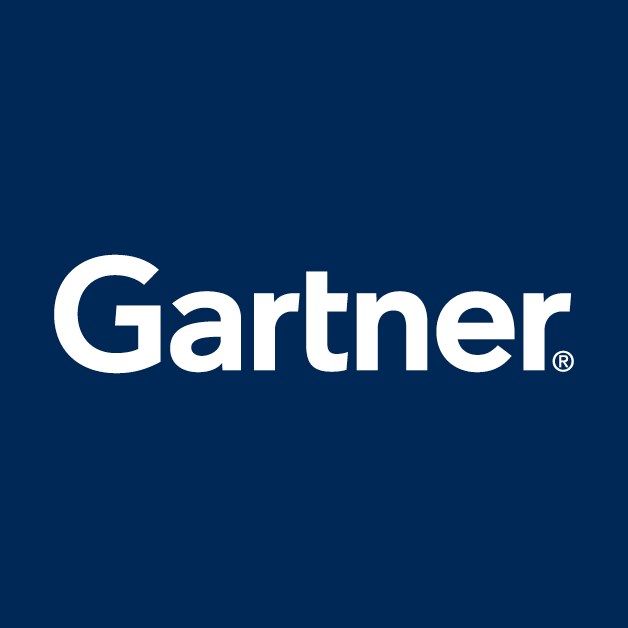Retrieval-Augmented Generation (RAG) models combine the capabilities of the LLMs (Large Language Models) with the extraction of information from a database or external corpus to answer questions or generate text. This approach overcomes some of the limitations of LLMs, notably in terms of accuracy of information, relevance of answers, updating of knowledge and limiting the "hallucinations" that LLMs can have when answering a question where they have no training data. In recent times, RAGs have often been presented as THE solution to these possible shortcomings of LLMs. But is it really enough? Translated with DeepL.com (free version)
What is RAG?
RAG captivated the Generative AI developer community following the publication of the article entitled " Retrieval-Augmented Generation for Knowledge-Intensive NLP Tasks ", written by Patrick Lewis and his team at Facebook AI Research in 2020. This approach has been rapidly adopted by many researchers, both in academia and industry, because of its potential to significantly enrich the capabilities of generative AI systems.
RAG stands for Retrieval Augmented Generation. This approach merges methods for information extraction and content generation using artificial intelligence. Extraction techniques are interesting for retrieving data from various online sources such as articles or databases, but they are limited to reproducing already existing information without adding anything new. In contrast, generative AI models are capable of creating new and contextually relevant content, although they can sometimes lack precision. Thus, the RAG model was born of the ambition to combine the advantages of these two worlds: it uses extraction to identify the most relevant information in the available sources, then the generative model transforms these elements into complete and relevant answers, overcoming the limitations of each approach taken in isolation. In a RAG system, extraction targets the necessary data, while generation reformulates it into a clear and precise response, adapted to the request.
THE ADVANTAGES OF RAG
Up-to-date information
LLMs are trained on large datasets which, once the training process is complete, are no longer updated. This means that, even if an LLM includes information up to a certain date, any new information or events occurring after that date are not incorporated into the model. On the other hand, RAG models can consult continuously or periodically updated external databases or corpora to provide current information. For example, if a user asks a question about the latest advances in a specific scientific field, a RAG model can retrieve and integrate the results of research published after the last LLM model update, ensuring that the answer reflects the current state of knowledge.
Data accuracy
An LLM can generate responses based on patterns learned during training, which can lead to responses that generalists or inaccurate for questions requiring specialized or detailed knowledge. RAG models, by retrieving specific information from a reference corpus, can provide much more accurate answers. For example, if a question concerns demographic statistics for a specific region, a RAG model can retrieve this data directly from reliable sources, rather than generating an answer based on estimates or generalizations. This ability to access detailed and specific information enables RAGs to outperform LLMs in terms of data accuracy. However, this solution does not completely eliminate the risk of hallucinations in an answer.
Bias management
All datasets contain biases, whether due to data selection, collection method, or the inherent biases of the dataset's creators. LLMs, being trained on large datasets, can incorporate and perpetuate these biases in their responses. RAG models, based on carefully selected and diversified sources of information, can help to alleviate this problem. For example, by selecting sources that have been identified as having different or opposing biases, or by including sources specifically intended to represent under-represented perspectives, a RAG model can produce responses that are more balanced and less biased. That said, managing bias requires constant vigilance and regular evaluation of information sources to ensure that they remain representative and balanced.
The various limits of RAG
Source selection and relevance
The quality of the answers provided by a RAG model depends heavily on the selection of information sources to which it has access. Finding, selecting and maintaining a set of reliable, up-to-date and representative sources can be complex. What's more, there's also the risk of the model retrieving information from sources that aren't entirely relevant to the question posed, which can lead to inaccurate or irrelevant answers. In this case, a great deal of indexing and orchestration work is required to make this approach viable on a professional level.
Managing misinformation and bias
Although RAGs can potentially reduce the bias present in responses by diversifying their sources, they are not immune to retrieving and propagating biased or false information. The presence of misinformation in external sources can lead to the generation of responses that perpetuate errors or prejudices. Source selection must therefore be carried out with care to minimize this risk.
Complex reasoning skills
Even if RAGs improve the relevance and timeliness of the information provided, they don't necessarily solve all the challenges of complex reasoning and deep contextual understanding that language models can encounter. As a result, there is always a risk of hallucination despite RAG. This is because the LLM can sometimes fail to find a certain word in the RAG database. Or link too many answers, which generally makes generative AIs less attentive to the essentials.
Answer integrity
Integrating retrieved information into generated responses presents a challenge in terms of ensuring that responses remain coherent and logically integrated. It can be difficult to ensure that retrieved information aligns perfectly with the rest of the response or with the LLM model, which can sometimes lead to hallucinations.
Solutions
If there are any inconveniences solutions emerge to go beyond the limits set out above. For example:
- One possible solution to counter the risk of LLM hallucination with RAG would be to add structured metadata to the vector database. In other words, transforming the unstructured data in the RAG to add structured data, enabling better access to relevant information. However, the promise of "zero cost" and ease of use of RAG coupled with LLM would be flouted. Hence the solution of a hybridization : It might be interesting to have a analytical AI transforms all data into metadata in the RAG, making it easier to search and find the precise answer to a query.
- Another solution would be to make summaries of the RAG database so that the LLM can easily understand and not misunderstand a given answer. Here again, we understand that the RAG is not a miracle solution, but that there are costs involved in improving LLMs' accuracy and reducing their hallucinations.
The integration of RAG technology into the field of Generative AI marks a breakthrough, offering synergy between LLM capabilities and information retrieval methods. This combination promises to improveexactness, la relevance, et la accuracy responses provided by AI systems, pushing back some of the limitations inherent in LLMs, such as knowledge updating and data accuracy. The distinct advantages of GAN, including information updating, data accuracy, personalization, and bias management, highlight its potential to enhance the field of Generative AI.
However, despite these undeniable advantages, the challenges associated with implementing and operationalizing RAGs should not be underestimated. Issues of source selection and relevance, technical complexity and associated cost, data maintenance, as well as the risks of misinformation and the spread of bias require careful attention. Moreover, the limitations associated with complex reasoning and consistency of response reveal that RAGs, while innovative, are not a universal panacea to the challenges faced by LLMs. However, some solutions may emerge to reduce the problems associated with this architecture, the most obvious and efficient solution for us is coupling withAnalytical AI at RAG.



